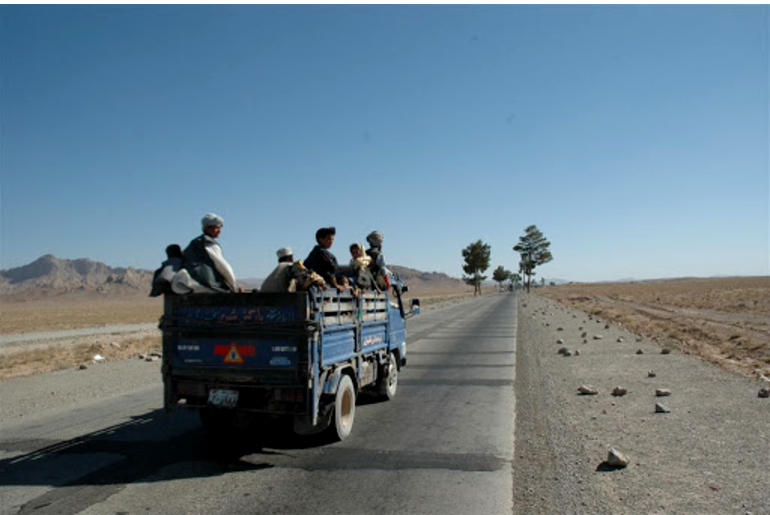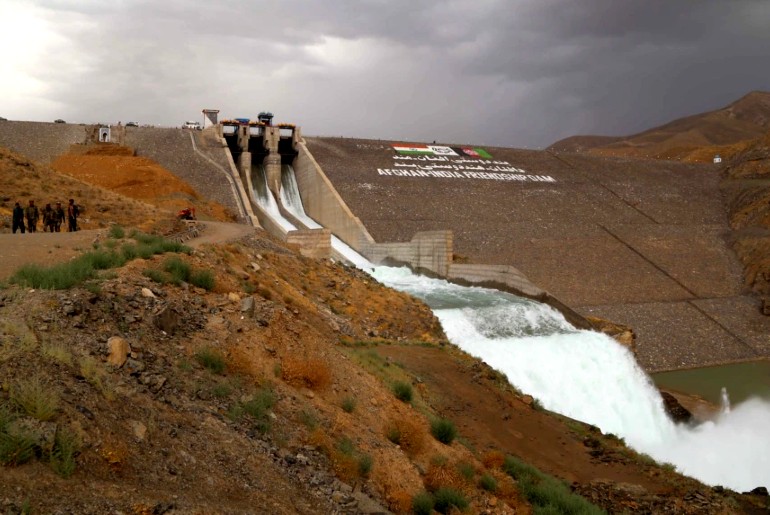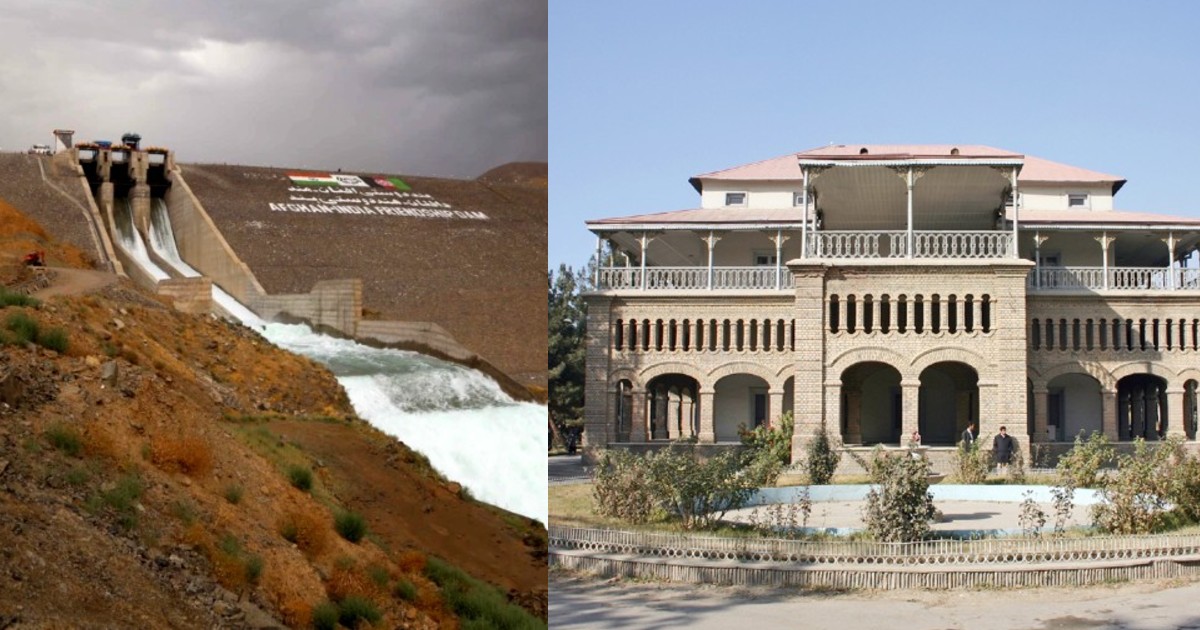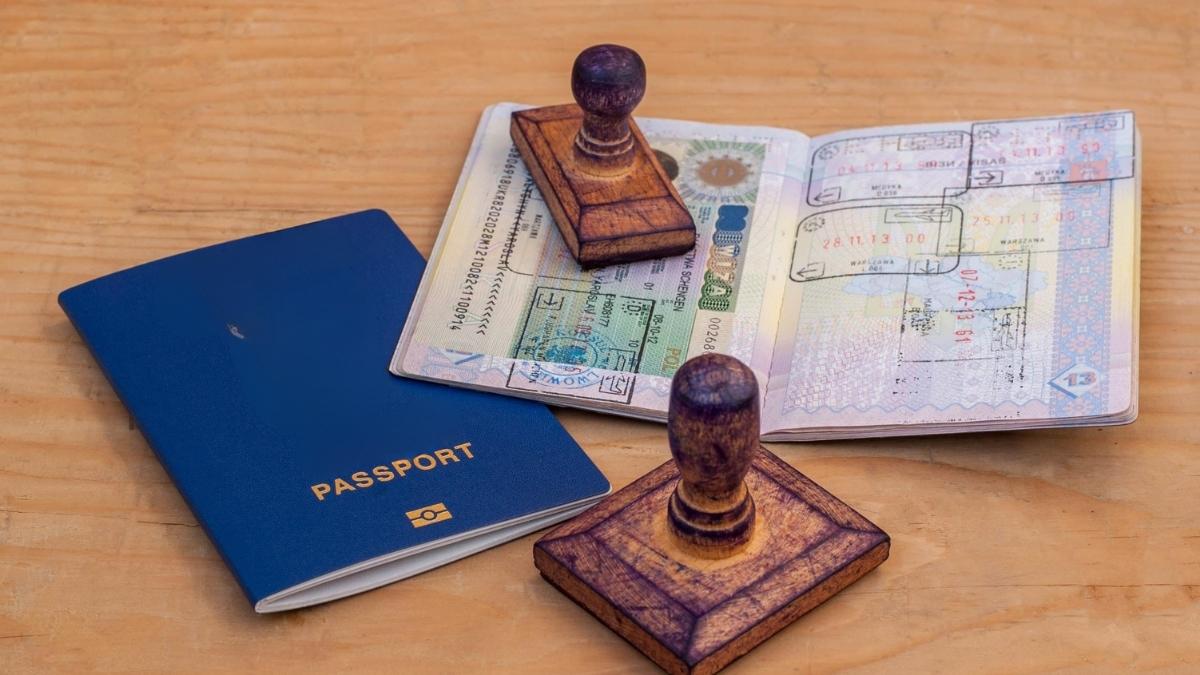The Indian government had undertaken over 400 projects in all of Afghanistan’s 34 provinces. It shared a robust relationship with the SAARC nation. India built dams, roads, schools and established a bilateral trade that stands at $1 billion currently. With the Taliban taking over Afghanistan in a matter of just days after the US retreated in haste, the fate of India’s infrastructural projects and investemnts with Afghanistan hangs in uncertainity. Here are 5 infrastructual projects India contributed to in Afghanistan.
1. The Afghanistan Parliament
India constructed the Afghanistan parliament building in Kabul at a cost of $90 million. PM Modi inaugurated the building in 2015 on his visit to Kabul, as a gift from India to the war-torn country. Central Public Works Department (CPWD) of India was the consultant for the project and the contract was given to an Indian infrastructure company in 2008. Prior to PM Modi’s visit for the inauguration of the parliament building, India delivered three Mi 25 attack helicopters to Afghanistan.

Also Read: 200 Sikhs Stuck In Afghanistan’s Gurudwara; Punjab CM Sends SOS To Centre For Evacuation
2. Stor Palace
Afghan King Amanullah Khan built the 100-year-old Stor Palace. It served as the office of the Afghan’s foreign ministry. One of the rooms in the palace was used for signing the Rawalpindi Agreement, by which Afghanistan became an independant soveriegn state. India helped restore the Stor Palace in collaboration with the Aga Khan Trust for Culture. The agreement to restore the structure was signed on 2009. And the Agha Khan Trust finished the restoration work for the palace between 2013 and 2016.

Also Read: Meet India’s Mosque Man, A Hindu Architect Who Has Designed Over 100 Mosques
3. Zaranj-Delaram Highway
Zaranj-Delaram road is a 218km long strategic highway that connects Delaram district in Afghanistan to Zaranj, located near Iran’s border. This established better connectivity between the Iranian border and Afghanistan’s Ring Road. India helped build this significant highway at a cost of ₹600 crore. The Border Roads Organisation of India helped build this road apart from other city roads and handed it over to Afghanistan in 2009.

4. Salma Dam
Salma Dam, also known as Afghan-India Friendship Dam was designed to irrigate fields fields in 640 villages in Afghanistan. This would also bring electricity to over 2.5 lakh homes for the first time. Thousands of families would benefit from the water and electricity in the Herat province with a water storage capacity of 640 million cubic metres. This was one of the most expensive infrastructure projects in Afghanistan that India took over. Salma Dam costed $275 million for its construction. And all the raw material was imported from India, taking the project 10 long years to complete.

Also Read: Indian Man Stuck In Kabul Airport Recounts Tragic Events After Returning Back
5. Indira Gandhi Institute For Child Health
The largest paediatric hospital in Afghanistan was restored to its glory by India. The health centre was first built by India in 1985. It was later partly destroyed due to war. This government-run hospital in Kabul city trets patients across the country. It’s considered as one of the best public health care facilities for children. India is one of the major donors to Afghanistan. It’s the largest regional donor and the 5th largest development assistance provider to Afghanistan.

So, these are some of the infrastructure projects in Afghanistan that India has helped develop over the past years. Aaprt from these,India has also provided hundreds of ambulances, buses to Afghanistan. With Taliban taking over the reigns of the country, the future of these projects remain dicey.
First Published: August 20, 2021 5:56 PM



